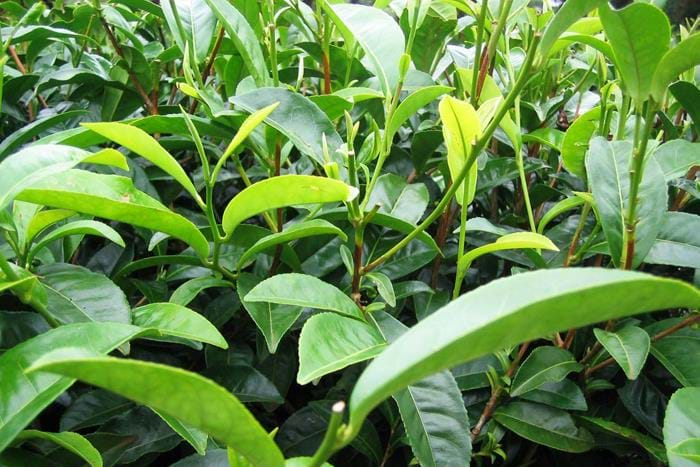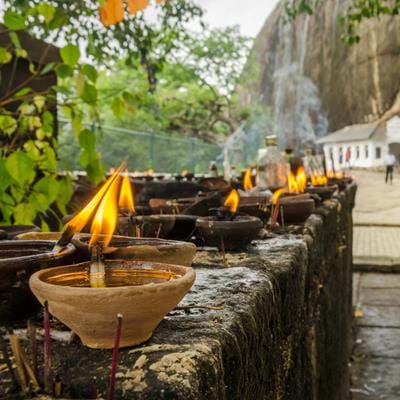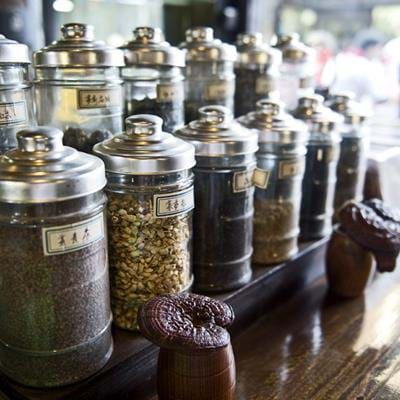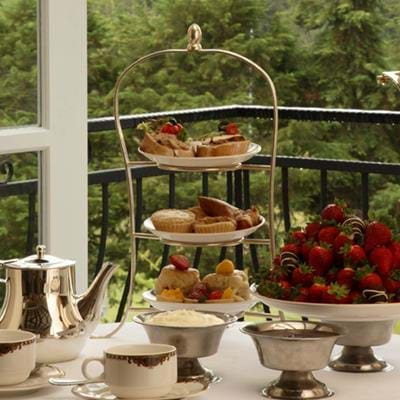Sri Lanka 19.03.2015 Transindus
Sri Lanka is linked inextricably with tea and since the 1800s, the southern central region of the country has been covered in tea estates and plantations. This stunning landscape has resulted in Sri Lanka becoming the fourth largest producer of tea anywhere in the world.
This makes a trip to the tea plantations a must-do for many visitors to the island nation. Seeing the tips picked and then drunk at their freshest is an unforgettable experience for any tea lover. All this while enjoying lush scenery and the cool mountain air surrounding the tea estates.
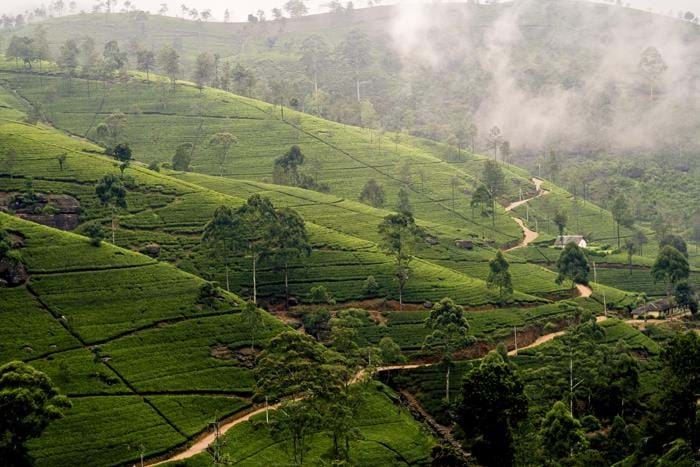
Types of tea produced in Sri Lanka
All tea grown in Sri Lanka is known as Ceylon, the island's former name, but within this category are three different types of tea. There are those grown in the low areas below 2,000 feet; medium-grown tea from heights between 2,000 and 4,000 feet; and finally, high-grown tea from altitudes above 4,000 feet.
Each of these teas has a different character and can be blended to create another overall flavour and colour or drunk on their own.
Dimbula - grown at a height of 5,000 feet, this light, bright tea has a strong, fresh flavour.
Kenilworth - the wiry leaves of this tea are grown at 4,000 feet, producing a taste reminiscent of oak.
Uva - a rich amber characterises this crisp tea, which is cultivated at heights between 2,000 and 4,000 feet.
Saint James - this aromatic beverage is copper in colour and has a distinctive taste, marking it out from other Ceylon teas.
Nuwara Eliya - often drunk with lemon to enhance the flavour, this tea is delicate with a bright hue in the cup.
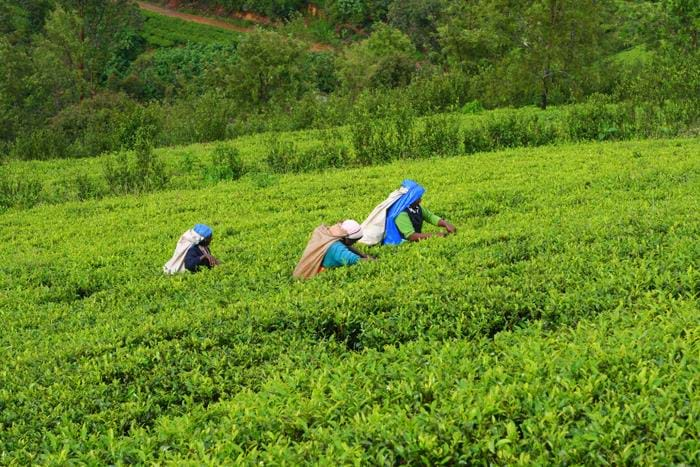
How to taste tea
To fully appreciate tea, it is worth experiencing it with all of your senses, which means beginning the process before it is even brewed. When good tea is offered, it is worth following this procedure.
Inspect the tea - look at the leaves and notice their shape, colour and size. All of these elements affect the character of an infusion once it has been brewed.
Brew the tea strong - for tasting, a tea should be stronger than you would ideally drink it in a full cup. This will help you to separate the flavours in your mind as you taste it.
Inspect the infusion - describe to yourself what the resulting infusion looks like. This can include colour, clarity and consistency.
Smell the tea - position your nose over the tea and take a deep breath to take in the myriad scents coming from it. These can include fruity, nutty, earthy and even spicy notes.
Slurp the tea - while slurping isn't usually encouraged, the rules are different when it comes to tasting. This aerates the tea and lets you experience more of the flavours. Hold it in your mouth and ensure it has washed against all the areas, which detect contrasting notes.
Reminisce - the next time you drink the same tea, you will be transported back to the plantations of Sri Lanka and the stunning landscape where this variety is grown.
